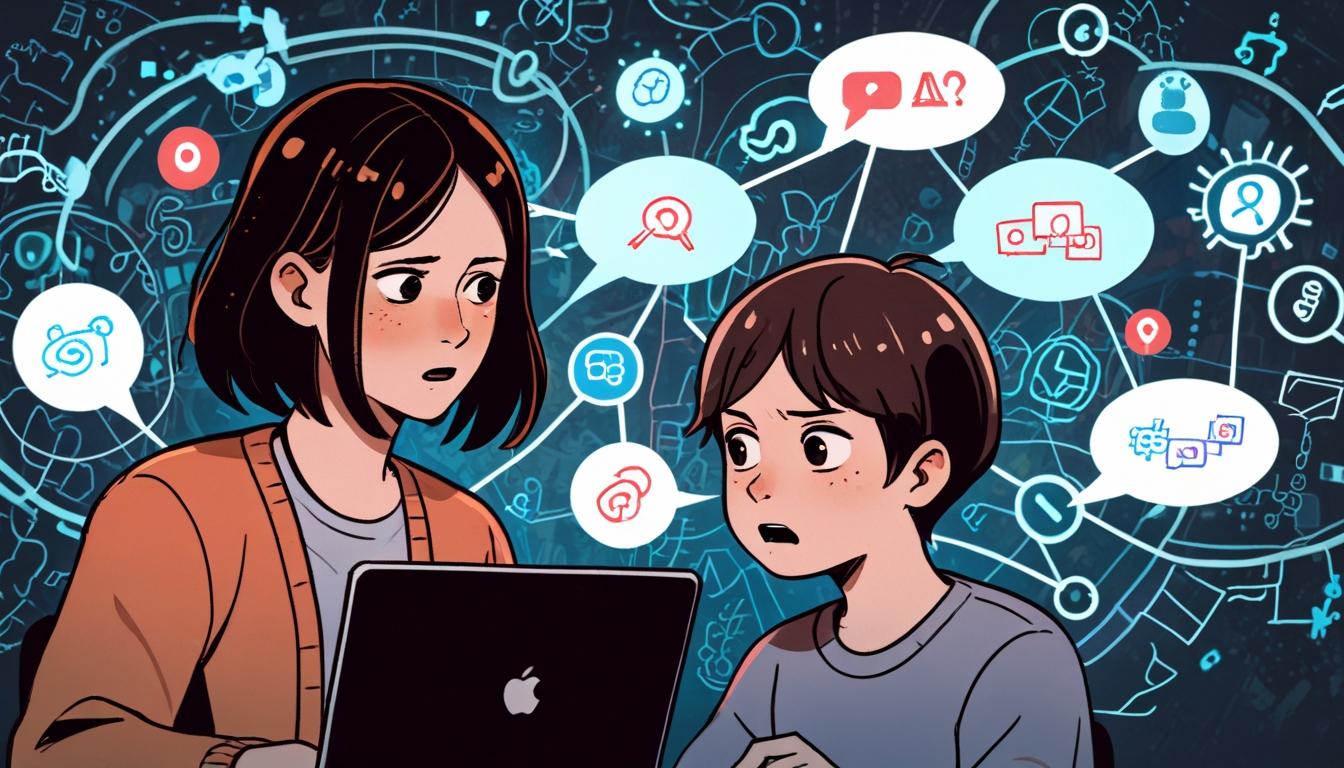Technology experts have raised alarm over the growing risks associated with artificial intelligence (AI) in relation to child safety, emphasising the urgent need for proactive discussions between adults and children about these dangers. Speaking to Computerworld, child safety advocate Barnhart highlighted some disturbing yet critical realities surrounding cutting-edge AI tools.
“That sentence is disturbing, but true,” Barnhart said. “Yes, AI has guardrails. However, it’s open source and can be taught how to create child sexual abuse material (CSAM). AI can also be used in the art of sex extortion. Here, children and teenagers are targeted in financial extortion with the creation of AI-generated images of themselves. Out of fear, the kids resort to trying to pay the ransom or worse, harming themselves.”
Barnhart’s statements underscore concerns that AI technologies, while powerful and useful, carry inherent risks as they can be misappropriated to perpetrate severe harms online, particularly against vulnerable young people. Open-source AI models, which allow anyone access to underlying code, can be manipulated to generate illicit content such as CSAM or sexually explicit AI-created images for extortion purposes. This threatening use of technology often exploits children’s fears and can lead to serious psychological trauma and self-harm.
Parents and educators, Barnhart advises, should initiate early and frequent conversations with children about AI and digital safety, tailoring discussions to be age-appropriate and suitable to the child's level of maturity. She stresses the importance of teaching children to recognise suspicious behaviours, both on the internet and in real life, comparable to lessons in physical safety. The introduction of devices that connect to the internet exposes children to potential dangers, notably from strangers masquerading as peers or friends.
“Bottom line, we can’t fear technology,” Barnhart explained. “We cannot keep our children from technology. We need to learn how to communicate with them about online safety so that their world is not impacted when a threat comes their way. The more you talk to your kids and the more open you are to what they are doing and living — and what they are looking at online — the safer your family will be.”
Her remarks reflect a growing recognition among child protection experts and technologists that while AI offers transformative capabilities, society must urgently develop robust educational frameworks and safeguarding mechanisms for younger generations navigating an increasingly AI-driven digital landscape. The dialogue around these issues aims to mitigate risks without resorting to restricting access to technology, focusing instead on empowering children and adults alike with knowledge and communication skills to confront emerging online threats effectively.
Source: Noah Wire Services
